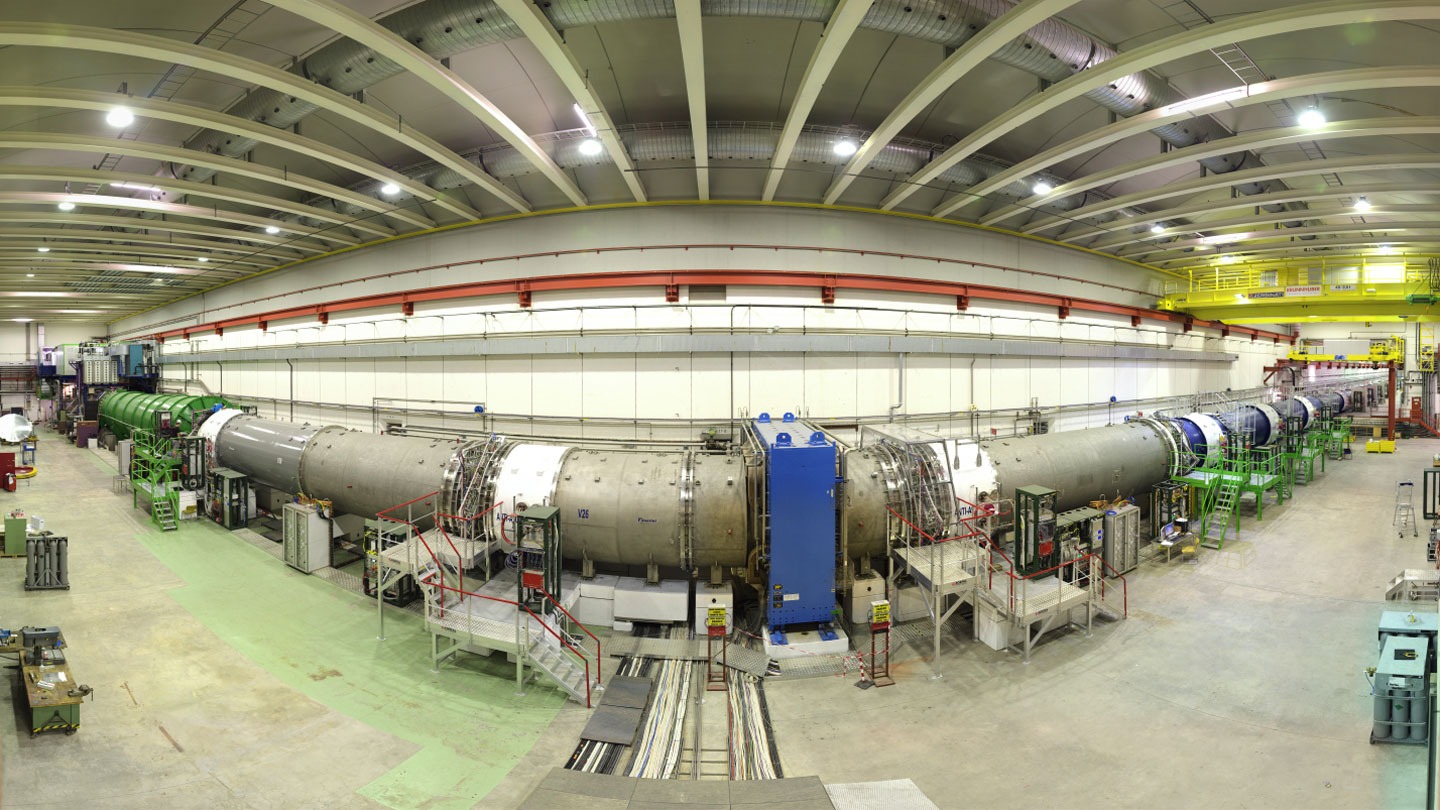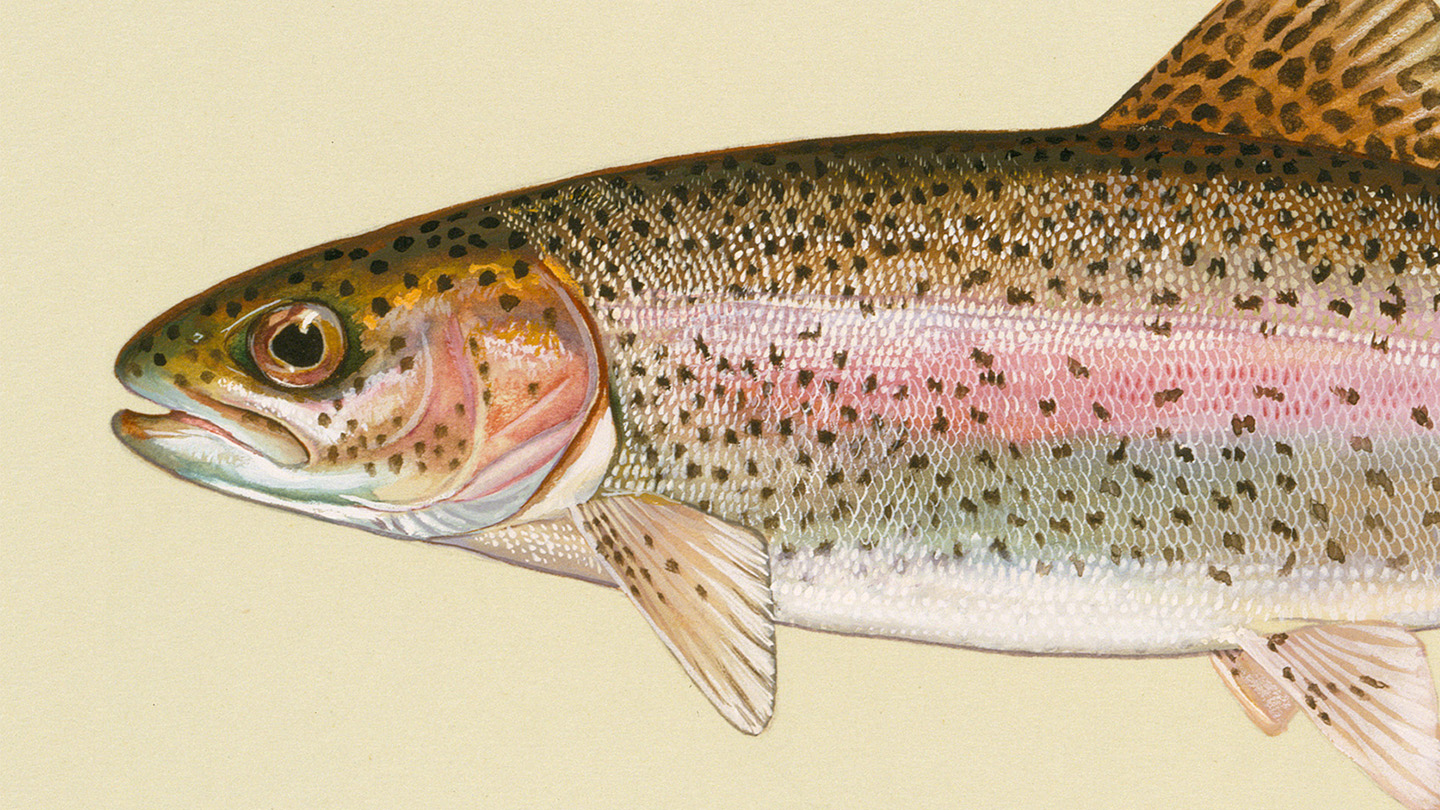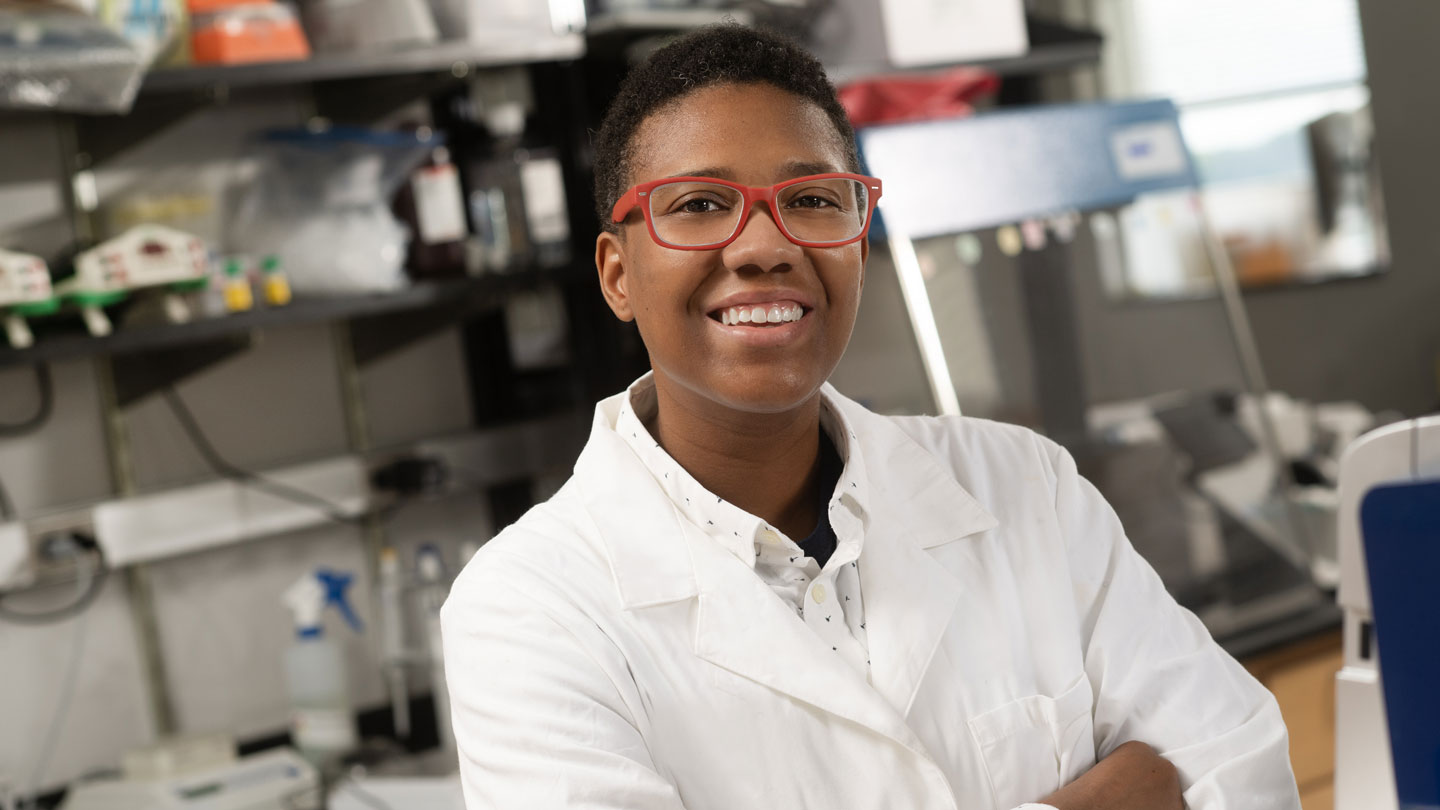Extreme Climate Survey
Science News is collecting reader questions about how to navigate our planet’s changing climate.
What do you want to know about extreme heat and how it can lead to extreme weather events?
“If it’s not consistent, then it’s a definite sign of new physics,” says Cristina Lazzeroni, a particle physicist working on the experiment.
NA62 searches for the decay of positively charged kaons by smashing high-energy protons into a target at the European particle physics lab CERN near Geneva, observing the kaons produced and the particles they decay into. Kaons decayed via the golden channel only about 13 in 100 billion times, scientists from the NA62 experiment reported September 24 at a seminar at CERN.
That’s about 50 percent more often than the standard model prediction, says Lazzeroni, of the University of Birmingham in England. But, given the precision of the measurement, “that is still consistent with the standard model, at this moment.”
In the ultrarare decay, a kaon produces another particle called a pion, alongside two lightweight, electrically neutral particles: a neutrino and its antimatter counterpart, an antineutrino. (The most common way for a charged kaon to decay is to produce a neutrino and a heavy relative of the electron called a muon.)
A previous result from NA62 showed evidence of the golden channel decay, but this measurement surpasses the statistical significance needed to claim discovery, a milestone known as five sigma.
NA62 will continue taking data and will produce a more precise measurement in the future, which should determine with more certainty whether the standard model is correct. Another experiment, called KOTO, is working to pin down a different rare kaon decay (SN: 2/4/20).
*
Source link





No comments! Be the first commenter?